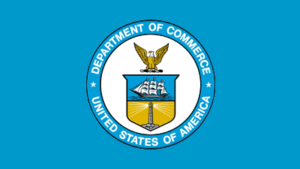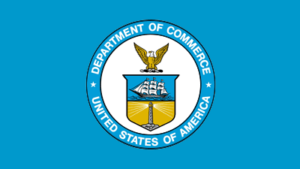
Brooks Acordia Patent Attorney Explains Improvements to Existing Inventions
Feb 13, 2014
Los Angeles, CA (Law Firm Newswire) February 13, 2014 – Many patents cover inventions that are improvements over existing devices (as opposed to completely new devices).
Novice inventors and others new to the field of intellectual property often wonder whether a small improvement to a patented invention may ever receive patent protection of its own. But as a local intellectual property attorney explained, so-called “improvement inventions” actually constitute the majority of patents issued. Wholly new inventions are a relative rarity.
“Most patents, by far, cover improvements to existing technology,” said Los Angeles patent attorney Pejman Yedidsion. “Pioneering inventions are not that common. Many inventions consist of new combinations of old technologies that may produce unexpected results, or that stem from a long-felt but unmet need.”
One example of an improvement to existing technology was the Gillette Mach 3 razor, which had three blades — existing patented razors on the market had two at the time.
Improvements to existing inventions commonly utilize new technology to update older products. When microprocessors became widespread and cost-effective, many devices that used analog circuitry were improved with the new technology. Those improvements were eligible for patent protection.
Additionally, when a new use for an existing product is invented, that innovation may qualify for patent protection. For example, a product called Bag Balm, invented in 1899, was originally used in dairy operations to soothe a cow’s irritated udders. Over time, its use widened to the treatment of chapped skin for many animals and humans. Eventually, it was discovered to be an effective treatment for male pattern baldness, due to its moisturizing properties. In 2000, the U.S. Court of Appeals for the Federal Circuit allowed a patent covering this new use of the 100-year-old formula.
“When an inventor improves upon an existing invention, no matter how small the improvement may seem, we encourage them to consult with us on the patentability of the work,” added Yedidsion. “You may be surprised at how useful small changes can be.”
Learn more at http://www.brooksacordia.com/
Brooks Acordia IP Law, P.C.
1445 E. Los Angeles Ave. #108
Simi Valley, CA 93065-2827
Phone: (805) 579-2500
Fax: (805) 584-6427
- SUPREME COURT TO DECIDE WHETHER COMPUTER-IMPLEMENTED INVENTIONS CAN BE PATENTED
Are computer-implemented inventions directed to patent eligible subject matter? This question is now before the Supreme Court in Alice Corporation v. CLS Bank Intl. Oral arguments are set for March 31 and the decision is expected in June 2014.<br />
The patent at issue (U.S. Patent 7,725,375) is directed to an escrow system to reduce risk in settling financial transaction. The Federal Circuit, the court below, considered en banc the patent eligibility (35 U.S.C. 101) of claims of this patent. But … - Speedy Patent Prosecution, Part 2: Accelerated Examination
The previous post in this series covered Track One prioritized examination, a USPTO program with a substantial fee, but no additional preparation required for the application. This post details a very different method of speedy prosecution: the Accelerated Examination Program.<br />
Like Track One, the Accelerated Examination Program has a stated goal of completing examination within 12 months of filing. But the similarities end there. Accelerated Examination has only a small fee, but a significant preparatory burden that entails its own … - Speedy Patent Prosecution, Part 1: Track One Prioritized Examination
The USPTO has a number of different programs to allow for speedier prosecution of patent applications. Each expedited prosecution path has their own qualifications, advantages, and disadvantages. This series of posts will cover some of these programs in detail. First up is Track One.<br />
USPTO’s Track One prioritized examination is a special program for speedy examination of nonprovisional utility and plant patent applications. To be eligible, applications must have no more than four independent claims and 30 total claims, and …



